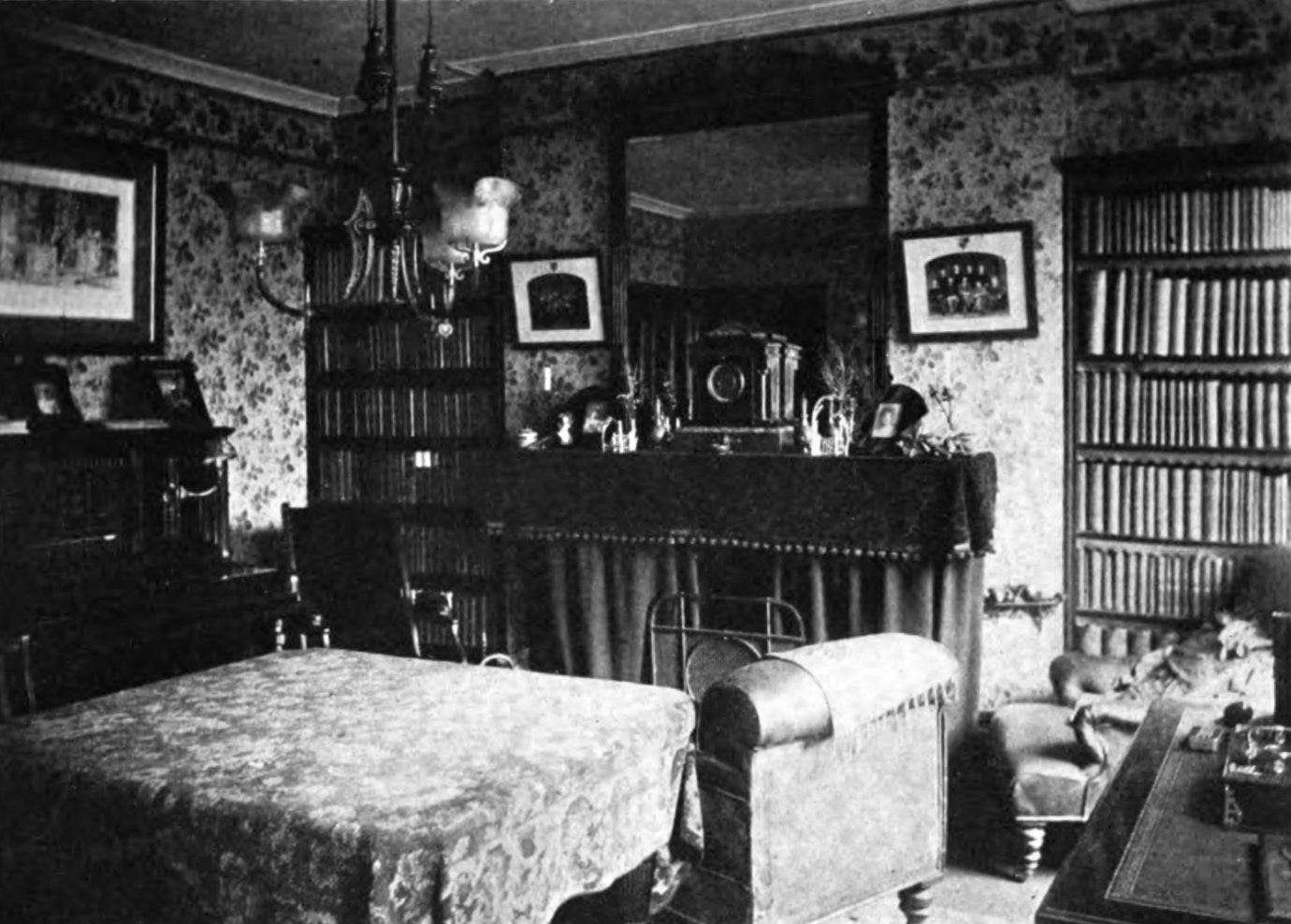Glimpses of Dickensland: No. 1, Furnival's Inn
In which the author of this blog invites you into Dickens's London
Some readers of this site will know that I have a book teetering on the verge of publication. For the next couple of weeks, therefore, you will find some bits and pieces herein relating to Dickensland: The Curious History of Dickens’s London (Yale, 2023). The book delves into the peculiar cultural phenomenon of Dickensian tourism, from its origins in the late nineteenth century until the present day.
Today, we take a quick glance at Furnival’s Inn. Perhaps you have heard of it? Charles Dickens lived there in bachelor chambers as a young man; then relocated to a larger suite of rooms within the same building, upon his marriage to Catherine Hogarth in 1836 (three rooms on the third floor, a lumber room above and a cellar, costing the sum of £50 per annum). He wrote Sketches by Boz and commenced the Pickwick Papers in this period; but he would quit the apartments for a more substantial family home in Doughty Street, Bloomsbury, in 1837, following the birth of his first child, Charley. The building would later feature as a fictional locality in both Martin Chuzzlewit and The Mystery of Edwin Drood.
Dickens’s rooms at Furnival’s Inn were far from palatial, as this late Victorian plan and photo demonstrate:
Nor was the Inn, despite the name, terribly old or quaint. Like many a modern property development, the name reflected the ‘heritage’ of the site (i.e. the ancient legal chambers which had once stood on this ground, demolished in 1818). The building’s facade, in fact, looked like this (i.e. very modern for its day):
Furnival’s Inn would receive the first London plaque to Dickens (pictured above), erected by the Royal Society of Arts in 1886:
CHARLES DICKENS. NOVELIST. LIVED HERE. B:1812. D:1870
This made it an immediate tourist attraction, buoyed by the efforts of its new proprietor, one John Whaley, who now managed the premises as ‘Wood’s Hotel’. Adverts for the hotel boasted of the Dickens connection, and by 1888 declared that ‘the very rooms occupied by the master of fiction are reverentially preserved by the present proprietor … who delights in showing them to his guests’. Visitors were also shown a press cutting from 1886 that praised Whaley for identifying the location of Dickens’s chambers via an old rent book and thus helping to situate the RSA tablet in the correct spot. A guidebook from 1893 noted that Whaley had preserved ‘the veritable rooms where many a time he [Dickens] dined’, had put up watercolours of favourite scenes and characters, and that the place had become ‘a kind of shrine to Americans, who far more keenly appreciate such literary memorials than do we’. But Whaley disposed of the lease in July 1894, and an auction of the ‘furniture, fixtures and effects’ was announced. The building itself was purchased by Prudential Assurance Company and demolished to make way for their new offices, the ornate Gothic affair designed by Alfred Waterhouse which dominates Holborn to this day.
This short-lived literary shrine, therefore, vanished within a decade. But some were determined to keep the memory alive. To this end, Percy Fitzgerald, an acolyte of Dickens, arranged for a plaque to be erected on the new building in 1907 and even donated an accompanying bust of the great author, which originally resided in the main entrance archway. Fitzgerald’s work has been moved a couple of times, and now lives in relative obscurity in an inner courtyard - some might say deservedly. One critic wrote of Fitzgerald’s efforts in 1913, ‘I should like to dynamite every statue and bust that he has perpetrated’.
More about Dickensland to follow in the coming days!








